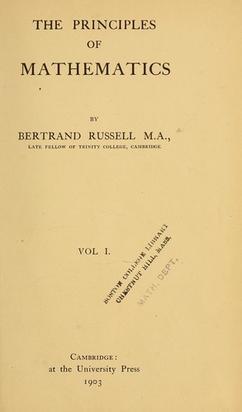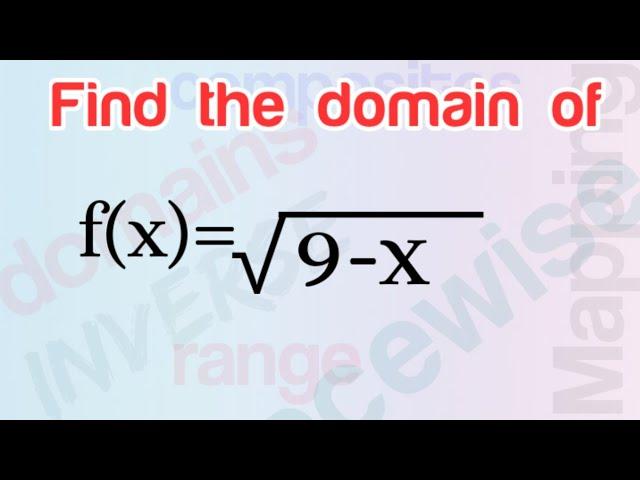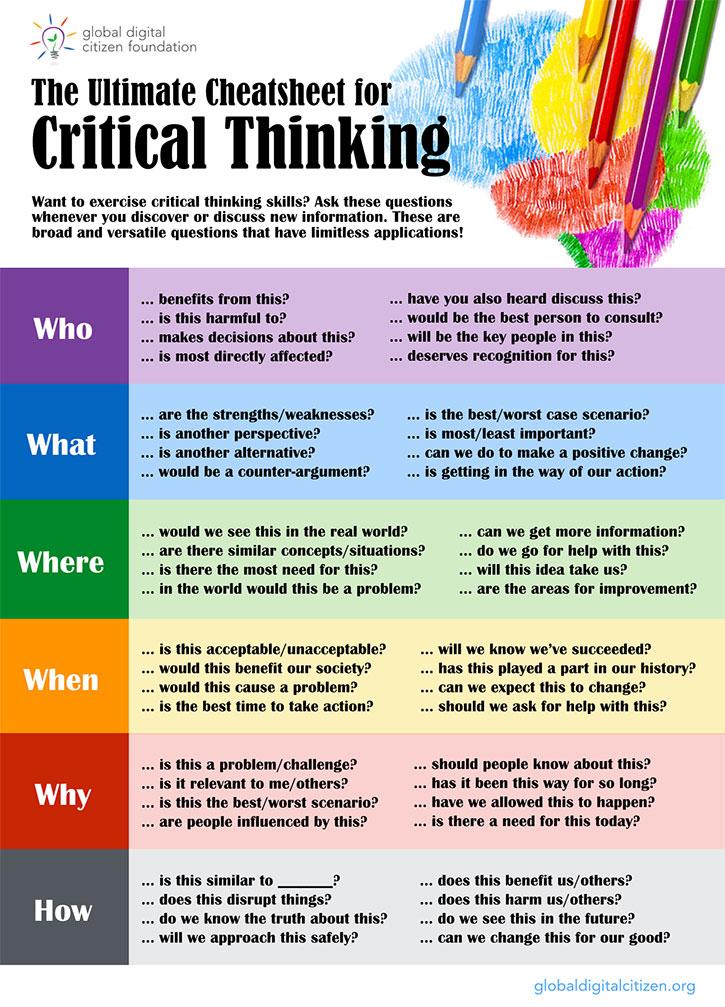Table of Contents
- Understanding the Concept of Domain of 9 and Its Applications
- Exploring the Mathematical Principles Behind the Domain of 9
- Practical Uses of the Domain of 9 in Everyday Problem Solving
- Enhancing Critical Thinking Skills Through Domain of 9 Exercises
- Recommendations for Teaching the Domain of 9 to Students and Enthusiasts
- Q&A
- Final Thoughts
Understanding the Concept of Domain of 9 and Its Applications
The domain of 9 is an intriguing mathematical concept that finds its roots in number theory, particularly within the realm of modular arithmetic. At its core, the domain revolves around understanding how numbers behave when they are reduced modulo 9. This reduction serves as a powerful method for simplifying complex calculations, making it easier to analyze relationships and properties among numbers. Typically, any integer can be condensed into a single-digit sum known as its digital root, which is achieved by repeatedly adding the digits of the number until a single digit is obtained. For example, the number 987 gives us a digital root of 9 + 8 + 7 = 24 and further reduces to 2 + 4 = 6 under this method.
The applications of this concept are vast and span various fields including mathematics, coding theory, and even psychology. In mathematics, using the properties of the domain of 9 significantly aids in divisibility tests and simplifies calculations in arithmetic. Moreover, in computer science, encoding techniques often utilize modular arithmetic, making the domain of 9 essential for designing algorithms that require efficient data transmission and integrity checks. Additionally, in psychology and behavioral studies, researchers have noted that people often exhibit predictable patterns and preferences related to single-digit numbers, such as attractions to specific digits in their choices or preferences.
To better illustrate the significance of the domain of 9, consider the following table that highlights simple properties and examples:
| Number | Digital Root | Modulo 9 Result |
|---|---|---|
| 45 | 4 + 5 = 9 | 0 |
| 123 | 1 + 2 + 3 = 6 | 6 |
| 5678 | 5 + 6 + 7 + 8 = 26 → 2 + 6 = 8 | 8 |


Exploring the Mathematical Principles Behind the Domain of 9
When delving into the mathematical world associated with the number 9, we first encounter its unique properties in number theory. The number 9 is a square of 3, echoing its significance in various mathematical fields. It is considered a composite number, meaning it has divisors other than 1 and itself: specifically, 1, 3, and 9. This leads to fascinating discussions about factors and multiples, where the smooth integration of 9 into the universe of multiplication illustrates its foundational role in arithmetic.
Moreover, 9 holds a special place in the realm of base-10 mathematics, particularly in relation to the concept of digital roots. This principle involves summing the digits of a number until a single digit is achieved. Curiously, any number that has 9 as a factor will have its digital root similarly converging to 9 or a multiple thereof. This principle gives rise to intriguing patterns, such as the following:
- For example, 18 (1 + 8) = 9
- 27 (2 + 7) = 9
- 36 (3 + 6) = 9
- 45 (4 + 5) = 9
An exploration of the powers of 9 unveils a captivating sequence, contributing to its mystique in mathematical narratives. The geometric progression of its powers leads to significant findings, as seen in the table below, which showcases the first few powers of 9 and their respective values:
| Power | Value |
|---|---|
| 0 | 1 |
| 1 | 9 |
| 2 | 81 |
| 3 | 729 |
This brief journey into the domain of 9 uncovers not only its mathematical truths but also its aesthetic allure. As we continue to explore its various dimensions, it becomes clear that 9 is more than just a numerical figure; it stands as a bridge connecting simple arithmetic to deeper mathematical theories.


Practical Uses of the Domain of 9 in Everyday Problem Solving
The concept of the domain of 9 reveals intriguing patterns that can simplify everyday problem-solving. For instance, when adding a series of numbers, simply summing them up and reducing the result modulo 9 can unveil whether the result is divisible by 9. This approach can be particularly useful when dealing with larger numbers where traditional carrying methods might complicate calculations. By employing this method, one can quickly verify calculations without excessive effort.
Additionally, the domain of 9 offers valuable insights into digital roots, a concept that helps in reducing large numbers to their simplest forms. For example, if you’re trying to determine whether a student’s total score across multiple assessments is within a certain threshold, instead of adding the scores individually, calculate their digital roots first. This not only streamlines the calculation but can also make it easier to identify patterns in scores.
Another practical application lies in everyday budgeting and financial management. Using the domain of 9, individuals can categorize their expenses into groups that add up to multiples of 9, making it easier to track spending habits. This technique allows for a visually organized representation of finances, enhancing the clarity of one’s financial picture. Such methods can be summarized in a simple table for quick reference:
| Expense Category | Amount |
|---|---|
| Groceries | $27 |
| Utilities | $18 |
| Entertainment | $9 |
| Transportation | $45 |
By consistently applying the principles of the domain of 9, individuals can enhance their analytical skills and streamline processes in various aspects of daily life, from calculations to financial management.


Enhancing Critical Thinking Skills Through Domain of 9 Exercises
Exploring the domain of 9 exercises provides an innovative approach to enhancing critical thinking skills. By engaging in various thought-provoking activities, individuals can sharpen their analytical abilities and foster a deeper understanding of complex problems. These exercises are designed to stimulate mental flexibility, encouraging participants to examine situations from multiple perspectives. Each task challenges traditional thought patterns, compelling individuals to think outside the box and develop new solutions.
Among the effective methods found in this realm, one can utilize brainstorming sessions and mind mapping techniques. Both methods promote creativity and interaction, allowing individuals or groups to visualize their thoughts and ideas. Implementing tools like mind maps can expose connections between concepts, leading to more comprehensive insights. Incorporating these exercises into daily routines can significantly enhance one’s capacity to assess information critically and draw informed conclusions.
Furthermore, consider integrating exercises that involve case studies and role-playing scenarios. These activities immerse participants in real-world contexts, offering opportunities to practice decision-making while analyzing diverse viewpoints. A structured approach to these simulations can look like this:
| Exercise Type | Description |
|---|---|
| Case Studies | Analyze real-life scenarios to draw lessons and apply critical thinking. |
| Role-Playing | Step into different personas to understand various outlooks and decision-making processes. |
| Group Discussions | Collaborate with peers to challenge assumptions and develop cohesive arguments. |
Each of these activities not only cultivates critical thinking but also enhances communication skills and teamwork, essential elements in both personal and professional realms. By consistently practicing within the domain of 9 exercises, individuals can refine their ability to dissect complex situations and contribute more meaningfully to discussions and problem-solving efforts.


Recommendations for Teaching the Domain of 9 to Students and Enthusiasts
Teaching the fascinating concept of the domain of 9 presents an exciting opportunity to engage students and enthusiasts alike. A hands-on approach can greatly enhance understanding, making abstract ideas more tangible. Consider incorporating interactive activities where learners can explore the properties of numbers in the domain of 9 through games and visual aids. For instance, using colored beads to represent numbers can help students visualize their calculations and discover patterns such as digital roots and modular arithmetic in a fun and engaging manner.
It’s beneficial to introduce relevant historical context and real-world applications to deepen understanding and interest. Discuss how various cultures have historically interpreted the significance of the number 9, such as its appearances in mathematics, art, and nature. By illustrating how numbers and their properties influence our daily lives, you can foster a more meaningful connection to the material. Drawing comparisons with topics like numerology may spark further curiosity and enthusiasm among learners.
Lastly, providing clear resources can enhance the learning experience significantly. Create a compilation of online tools, books, and articles for additional exploration. Here’s a simple table summarizing potential resources:
| Resource Type | Description | Link |
|---|---|---|
| Website | Interactive online games focusing on number theory | Read here |
This blend of practical activity, historical insight, and accessible resources will enrich the learning experience, inspiring curiosity and fostering a deeper appreciation for the domain of 9.

